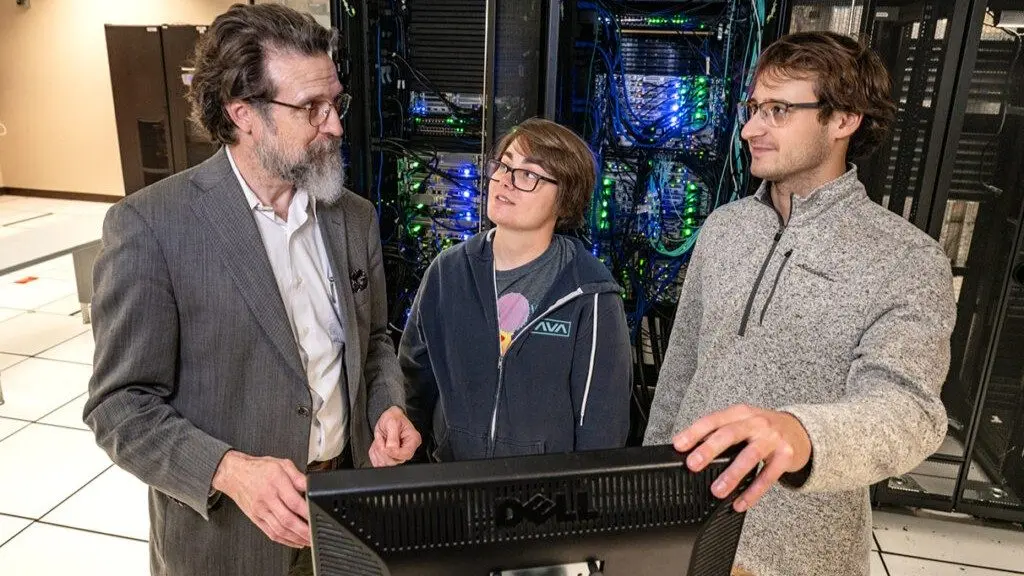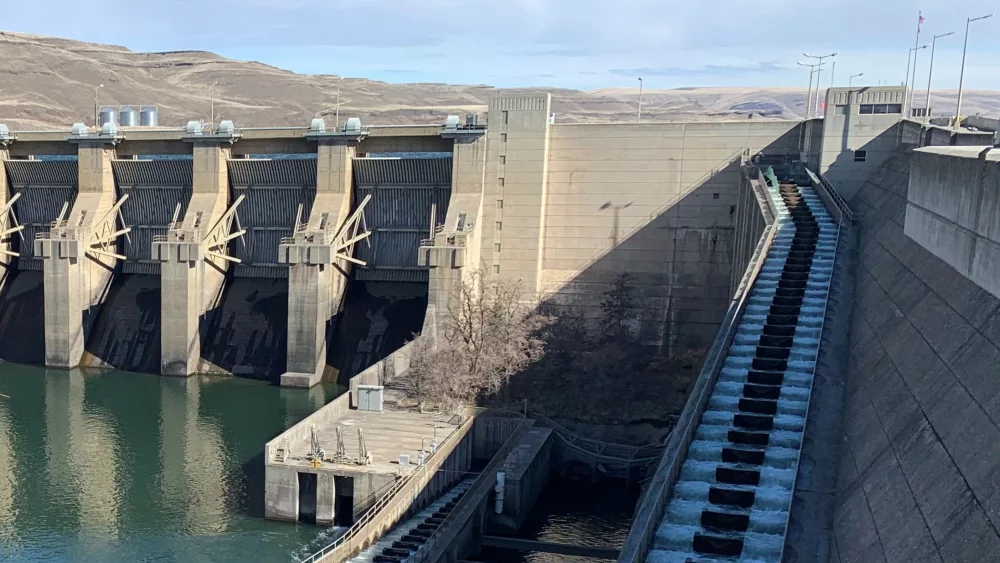PULLMAN, WA – Washington State University researchers have received $3.6 million in support for WSU’s ceramics research center.
Called Cer3D, the research center is focused on experimentation, modeling, machine learning, and data informatics to accelerate the discovery, design, and development of materials for extreme environments. The project, which started in 2023, is a collaboration with the Army Research Laboratory.
The program’s research priorities include critical and rare earth materials; joining dissimilar materials; and optical and functional materials. The team of researchers, including 11 faculty members as well as graduate students and research staff, is well-suited to address these issues, said Scott Beckman, a professor in the School of Mechanical and Materials Engineering who heads Cer3D.
Although the work is exclusively focused on basic science, it fits well with Department of Defense efforts to build the fundamental understanding necessary for next-generation vehicles, protection for soldiers, and air and missile defense systems. “We want equipment to be higher quality, lighter weight, stronger, and more effective,” he said, “WSU is uniquely positioned to work on the fundamental problems limiting the development of these new technologies.”
Joining dissimilar materials is challenging, especially as materials change under extreme conditions. Most devices, including military technologies, are made of different kinds of materials, such as metal joined to a ceramic piece, or plastic polymers connected to metal.
“Strong joints are difficult to create, especially when pieces have significantly different properties, and the joints are undergoing deformation or thermal changes,” he said. “An understanding of the materials and what happens at the interface is necessary for the joints to function reliably.”
The Cer3D team includes experimentalists, theorists, and data scientists, allowing for multi-scale modeling and machine learning methods to address the challenges, he said. The group includes partners in WSU’s Institute of Shock Physics and the Institute for Materials Research as well as researchers from the State University of New York, Buffalo, and University of California, Riverside.
Beyond defense, the scientific understanding developed in the Cer3D program finds applications in many industries in Washington and around the U.S., including in areas such as nuclear power, mineral extraction, and aerospace.
The research in rare earth oxides is important because the materials are essential for many technologies. Due to their location far down in the periodic table, rare earth oxides have unique magnetic, electronic, mechanical, and thermal behaviors, which makes them important for operating in extreme environments. Unfortunately, many rare earth elements are produced outside the US so understanding them is important for maintaining resilience in the US supply chain.
“We’re looking at either how to better produce, more effectively use, or replace critical materials technologies,” said Beckman. “Can we process them such that we use less of these materials? Can we use these limited resources in a more intelligent fashion?”
The program also provides invaluable training for students and postdoctoral researchers, contributing to workforce development for industries in Washington state and beyond.
“Our students are young and energetic, and they’re the ones who are going to go out and change the world,” said Beckman.
The center held its second annual workshop earlier this year, including presentations from graduate students, faculty, and staff. Ultimately, the group envisions that Cer3D will become a nationally recognized research institute, attracting projects for a comprehensive range of technologies and researchers from around the world.
“We’re focusing on getting a team together than can grow,” said Beckman. “We want to have an institution that 50 years from now will still be here.”





